Covers for the kitchen corner: features and manufacturing
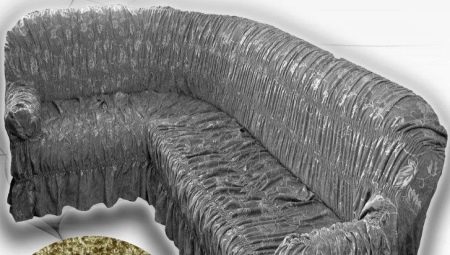
A furniture cover is not only a way to keep the upholstery intact, but also the ability to easily and quickly change the decor in the room. And if we are talking about such a frequently visited room in the apartment as the kitchen, then the cover for the kitchen corner is a useful thing and, of course, cute. It will protect upholstered furniture from splashes of grease, stains, deposited dust and more that can threaten your kitchen seating.
Features of choice
Since the corners can be of completely different sizes and configurations, it is best to sew the most suitable option yourself, because buying a Euro cover without armrests or ordering it from a designer can be much more expensive. And if you sew several copies, you can change the situation in the kitchen by simply changing the cover and the rest of the textiles - towels, curtains, potholders and tablecloths.

How to sew a cover yourself?
This is quite easy to do if you have primary sewing skills. What is required to sew the simplest cover:
- upholstery fabric;
- material for patterns;
- several zippers or large buttons;
- a piece of soap or chalk;
- special pins for furniture.
When choosing a fabric for sewing a cover, you should focus on an option that is both pleasant to the eye and practical. It should be well washed, ideally, it should be dirt-repellent.... You can choose a cut of flock, tapestry or velor as the fabric for sewing the cover. The cost of these materials is low, and the variety of textures and colors is impressive. You can find an option for every taste.
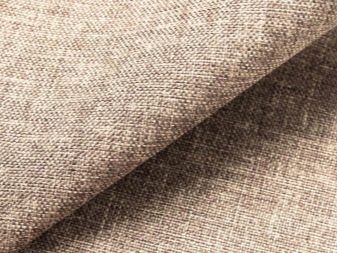
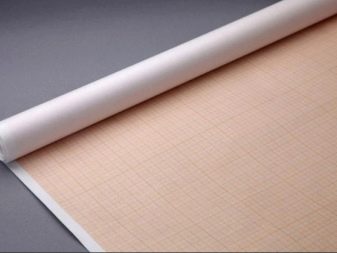
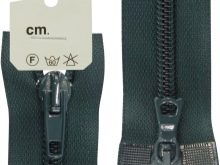
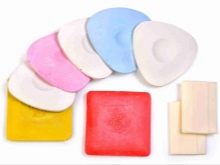
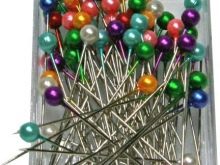
In order to make a pattern, you need to take the material for its manufacture, cover the seat, back or one of the armrests, and straighten it evenly. Use chalk or soap to mark all the folds of the part. After that, you need to gently sweep the pattern fabric. Similarly, you need to cut out all the details of the future product. After the parts are cut out, they need to be laid out on the fabric from which it is planned to sew the cover, and, leaving allowances for the seams, cut out the product.
Further, the parts are connected together with strong seams either manually or using a sewing machine. The places where you plan to sew the fasteners must be left unstitched. If you want the product to be fastened with buttons, sew them on, and cut the appropriate number of buttonholes on the opposite side. If the cover will be fastened with one or more "zippers", sew them in.
Zippers must be sewn in so that they do not interfere with sitting on the corner.
You can cut the cover without fasteners, then it will be pulled in one single-cut (or one-piece) piece and also removed... The pattern of such a product is similar to the patterns of chair covers; it is also not difficult to make it with your own hands. If your kitchen corner has a fancy back shape - it is convex or concave, then making a cover will not be so easy. Before starting sewing, it will be necessary to cover this part, creating an absolutely flat surface, and only then start sewing.
To prevent the cover from "fidgeting" on the seat, it must be fixed. This is done with ties (like bows that fix similar items to chairs) or with a separately sewn strip of fabric that is fixed to furniture pins or Velcro. The strip should be the same length as the girth of the corner (back) at the top edge.
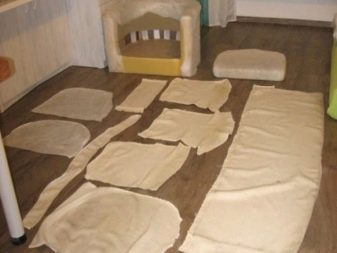
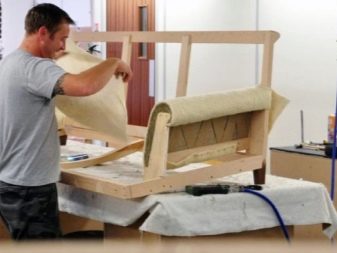
And if the sofa in the kitchen is corner?
In this case, the situation with self-sewing becomes somewhat more complicated, however, it does not become impossible. It is important to take into account that before the start of cutting the product, the material from which the sewing is planned must be washed, dried and ironed. This will help to avoid possible shrinkage of the cover in the future. The corner cover is not created all at once, but in parts. If the corner is with an attached section, then there will be 5 parts:
- main;
- attached;
- 2 - for each of the armrests;
- back.
If the corner section is plug-in or one-piece, then the parts of the cover are sewn separately on the corner section, turned inside out.
The better you can hide the seams between the parts, the more successfully the product will be sewn. The seams are located on the seat and backrest, so you can hide them in the pleats if you know how to work with it. If not, you can choose a fabric with a print so that the seams are minimally noticeable on it. The presence of a front seam can be made invisible by using a seam, taking into account the tightening of the fabric. If the fabric is coarse, dense, then each seam should be fitted on the cover.
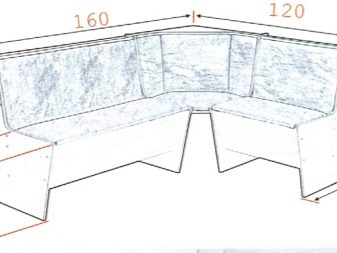
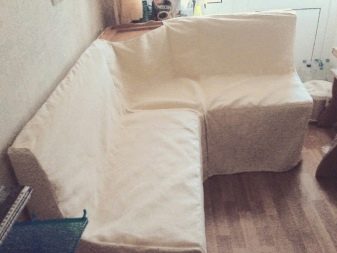
Knitted products
Do not limit yourself to just one fabric for making covers for the kitchen corner. If you knit well, you can use a crochet hook or knitting needles to create interesting and unconventional products. Knitted items fill the house with coziness, while each of them turns out to be individual. Therefore, if you do not belong to the category of people who consider "self-tying" to be something unworthy and simple, you can safely start making.
Of course, you need to consider the style of your kitchen. Knitted covers will not fit into high-tech or modern style, but country or Provence will decorate perfectly.
It is not necessary to tie the entire corner completely, you can knit a cape for the seat and / or backrest, as well as arrange sofa cushions.
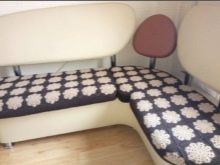
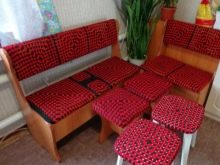
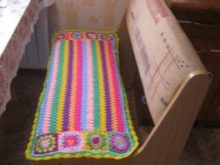
The most convenient option
For those who know how to sew perfectly, we can advise you to make such a high-quality thing as a euro cover. It differs from other covers, first of all, in the fabric from which it is sewn.It is rubberized through and through, so that the product from it does not need to be specially seated on the corner, it fits it so perfectly. Eurocovers are not subject to the formation of folds, creases. It does not matter whether the shape of the backrest or the configuration of the armrests is important, the Euro cover will fit any design as needed. The fabric for this type of covers can be of several types.
- Jacquard - it contains cotton, elastane and polyester. Thanks to a thin elastic band woven into the fibers of the material, the cover can be stretched to the size you need. On the surface, the formation of puffs is excluded, including from cat or dog claws.
- Shinyl - based on acrylic and elastane. Shinil products are very light, the elastic is located from the inside out. Chinil looks exquisite, has a plush texture and will decorate any interior.
- Pleating - texture "corrugation", a little springy. Pleated covers do not suffer from animal claws.
- Microfiber covers - the lightest and most weightless. Microfiber is the best stretch fabric. You can sew not only covers from it, you can simply upholster furniture with it.
- Fantasy design in the form of folds will decorate any classic interior, as well as the Provence style.
- Sewing a cover will be an elegant solution. made of jersey, smooth and pleasant to the touch.
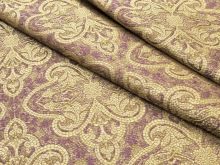

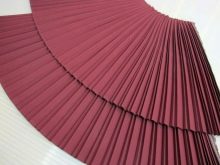
See below for more details.








